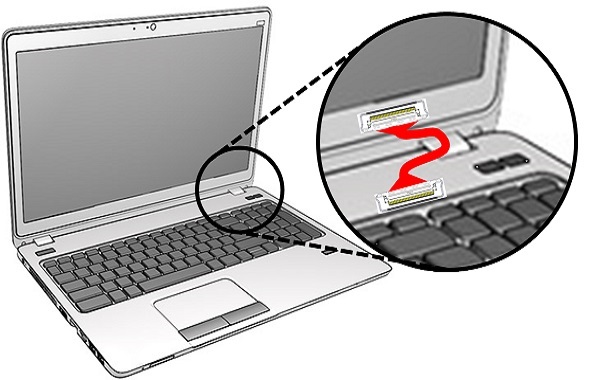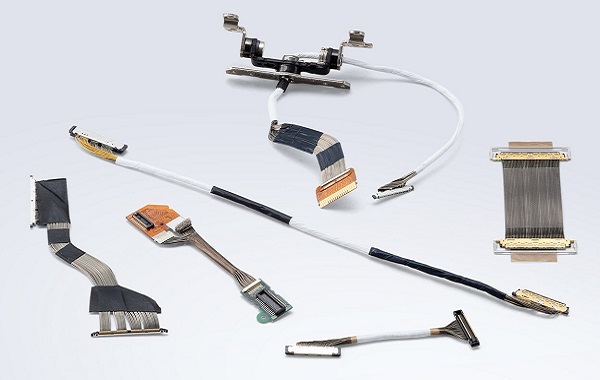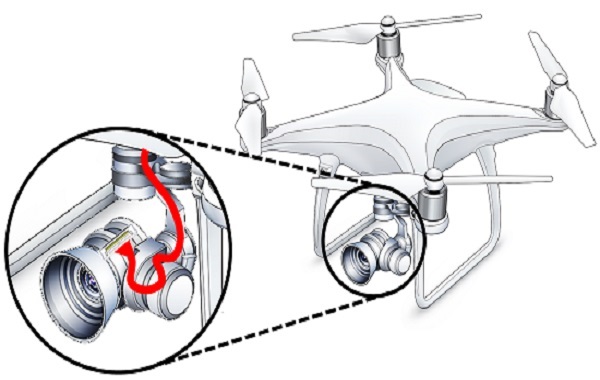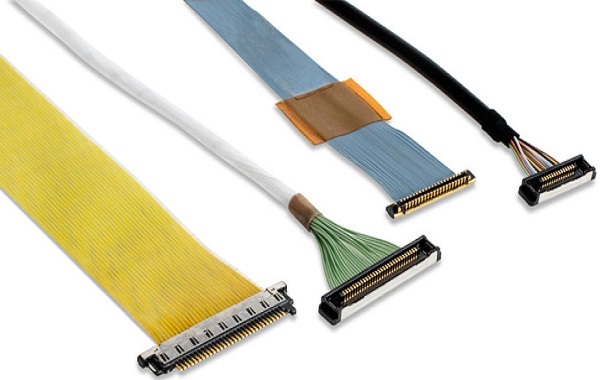Categorization:Harness Component
As electronic devices continue to develop towards thinness, high performance, and high-speed transmission, traditional cables are no longer able to meet the dual requirements of signal integrity and space utilization. Micro Coaxial Cable (极细同轴线束) is becoming the core transmission medium for high-end applications such as mobile phones, tablets, laptops, in-car electronics, medical equipment, and AR/VR, thanks to its compact structure, high signal integrity, and excellent shielding performance. Especially in high-speed signal transmission scenarios, the performance advantages of micro coaxial cables are becoming more and more prominent.

One, Structure and Characteristics of Extremely Fine Coaxial Beam
1.1 Precision structural design
Extremely thin coaxial cables are typically composed of a central conductor, insulating medium, metal shielding layer, and outer sheath. Their precise coaxial structure ensures consistent transmission impedance, while effectively suppressing external electromagnetic interference (EMI), ensuring stable transmission of high-speed signals.
1.2 Impedance Control and Signal Integrity
In high-speed transmission environments, impedance consistency is crucial. Impedance mismatch can lead to reflections, signal distortion, and rate reduction. Extremely thin coaxial cables achieve excellent signal integrity and stability through strict impedance control at the design stage.
1.3 Low Insertion Loss and Low Reflection Loss
Insertion loss and reflection loss are key indicators for cable performance. High-quality ultra-thin coaxial cables can maintain low loss over long-distance transmission, ensuring high fidelity of the signal in high-speed environments.
1.4 Support high-frequency and high-speed transmission
Currently, high-end ultra-fine coaxial cable束 can support working frequencies from tens of MHz to tens of GHz, with data transmission rates up to 32Gbps, even reaching 64Gbps, fully meeting the new generation high-speed interface standards such as USB4, PCIe Gen4/6, and DisplayPort.
1.5 Miniaturization and Flexible Design
The wire diameter is usually less than 0.2mm, with excellent flexibility and bending resistance, capable of flexible wiring in confined spaces, especially suitable for the complex structural layout inside thin and light devices.
1.6 Excellent shielding performance
Multi-layer metal shielding design can achieve 360° electromagnetic interference suppression, ensuring the independence and stability of multi-channel signals, further enhancing the overall anti-interference capability of the system.
Two, actual transmission rate and typical application scenarios
Compared with traditional RG series coaxial cables, ultra-thin coaxial cable bundles have achieved a qualitative leap in transmission speed. Traditional coaxial cables are mostly used for low-speed communication, while ultra-thin coaxial cable bundles can easily achieve high-speed data transmission of tens of Gbps.
2.1 Display Equipment Field
Supports eDP HBR3 (8.1Gbps/lane) and can stably drive 4K/8K ultra-high-definition displays.
2.2 High-speed interface connection
Widely used in high-speed interfaces such as USB4, Thunderbolt, and PCIe, meeting the needs of ultra-high bandwidth and low-latency data transmission.
2.3 Medical Imaging Equipment
In high-definition medical imaging equipment, extremely fine coaxial cables can achieve high-speed and high-fidelity signal transmission, ensuring the clarity and real-time nature of image data.
2.4 AR/VR and Drone Systems
Supporting ultra-high bandwidth and low-latency transmission, enhancing the visual interaction experience and device control accuracy, is an important connection technology for future intelligent interaction devices.
Design and Selection Recommendations
3.1 Select an appropriate harness according to the interface protocol
Different transmission standards (such as USB4, PCIe, eDP) have different bandwidth requirements. The corresponding cable model with the appropriate speed grade should be matched according to the application needs.
3.2, Pay attention to impedance matching design
Ensure that the harness is impedance-matched with the system connector and PCB routing to avoid signal reflection and transmission error.
3.3 Consider installation environment limitations
In environments with compact structures or high bending, it is recommended to prioritize the use of extremely fine models with higher flexibility and smaller wire diameters.
3.4 Select the appropriate shielding level
For systems with high requirements for EMI anti-interference performance, it is advisable to use harnesses with complete shielding layer design to ensure signal purity.
The extremely thin coaxial cable束, with its comprehensive features of miniaturization, high bandwidth, low loss, and strong anti-interference capability, has become an indispensable high-speed transmission solution for modern high-performance electronic devices. With the continuous development of USB4, PCIe Gen6, 8K video, and artificial intelligence terminals, the extremely thin coaxial cable束 will play an even more critical role in the future high-speed interconnect field.
I amSuzhou Huichengyuan Electronic TechnologyLong-term focus on the design and customization of high-speed signal cable harnesses and extremely thin coaxial cable harnesses, providing customers with a high-reliability, high-speed interconnect overall solution. For more information or technical support, please contact:Manager Yin 18913280527 (WeChat same number)。